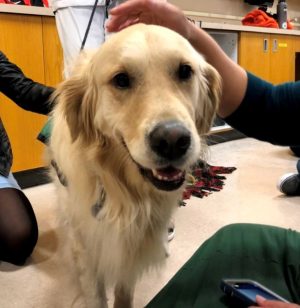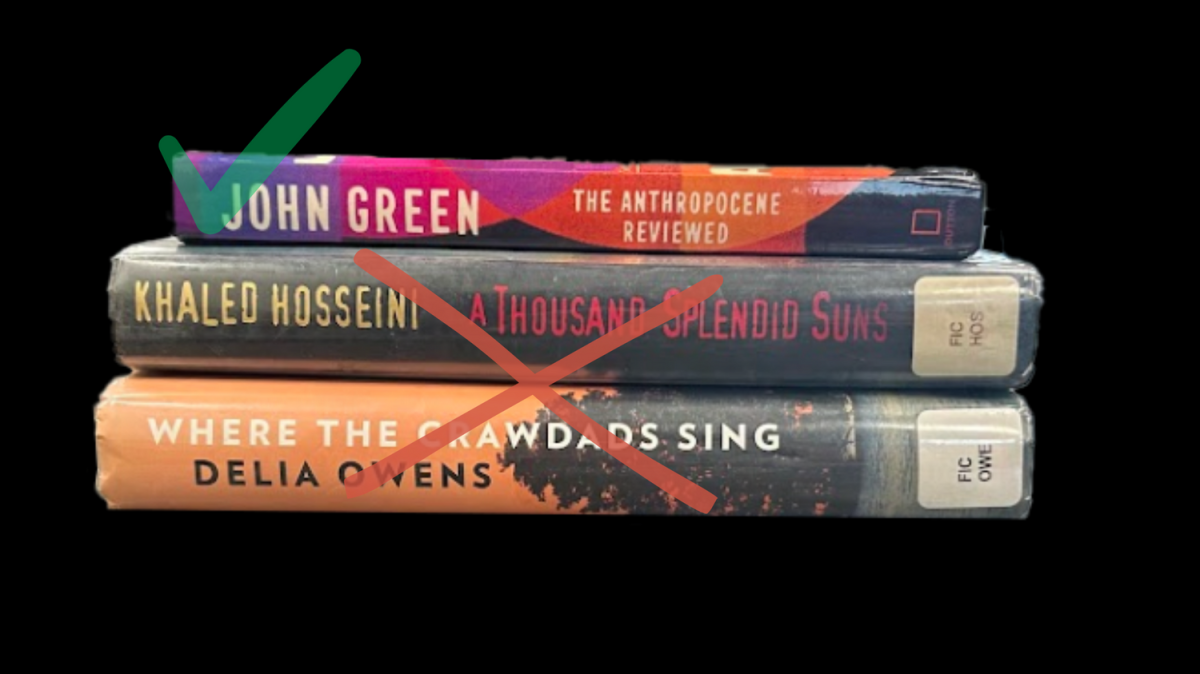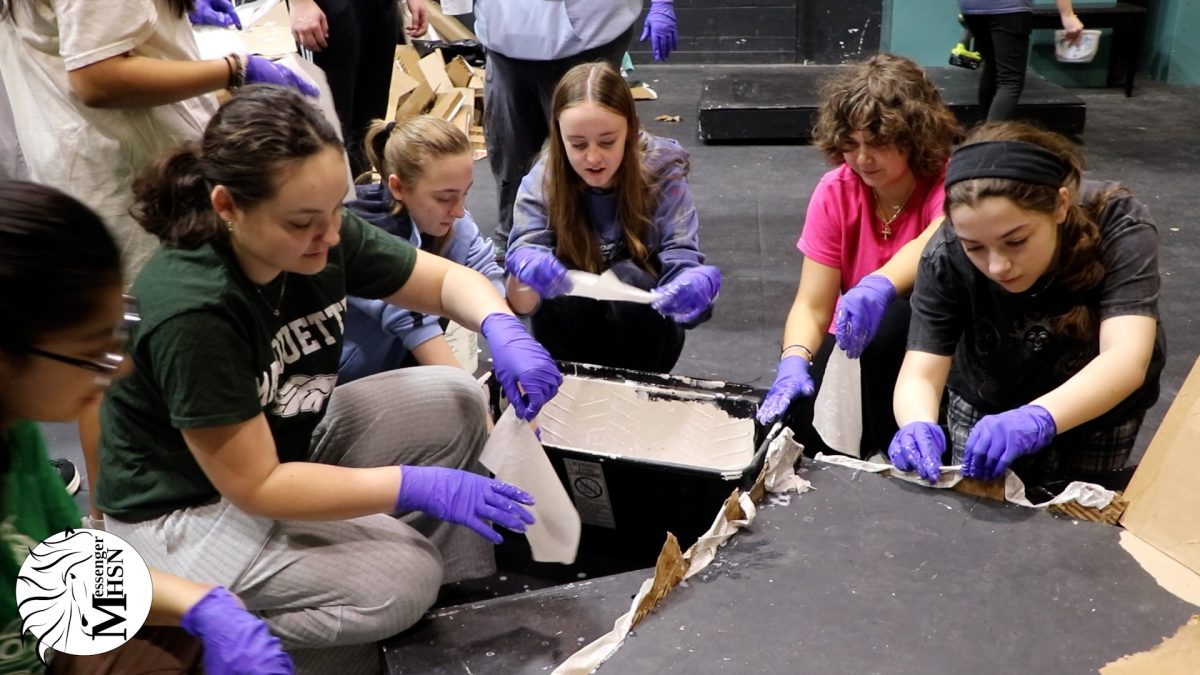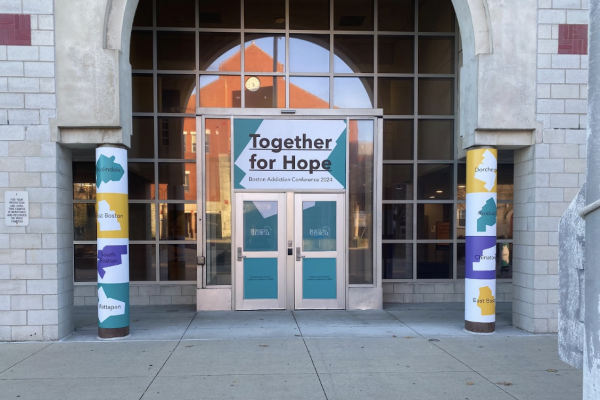Pets relieve stress during challenging times
February 11, 2021
A hard day is finally coming to a close.
As the last class ends, a young student logs off from online school. Yet, the day is far from over.
Hours of homework, dozens of tests, and a never-ending to-do list weigh on their mind. For the young student, it feels like 1,000 pounds of stress has been dumped onto them as they count off their remaining tasks.
This cycle of stress is a reality for many people across the United States.
However, those living in one of 85 million households can feel better almost instantly: they can play with their pets.
The power of pets
Many animals, ranging from dogs, cats, goats, or snakes, have been proven to help with physical and mental wellbeing. They can lower heart rate, help with anxiety or stress, deal with addiction, and so much more. Pets have countless benefits, yet the animal-human relationship is a meaningful connection that is still somewhat of a mystery for scientists.
“Animals don’t judge,” Vicki Amon-Higa, co-founder of Animal Assisted Happiness, said. “Animals are sentient beings, and they can feel your emotions.”
While the animal-human relationship is still somewhat of a mystery, scientists believe that the presence of an animal will activate the oxytocin system. Oxytocin, also known as the love hormone, is released when meaningful bonds with others are formed or exercised. It is known to be beneficial for the human body and relieve stress.
“By petting a dog, it can help lower your blood pressure, your heart rate, and reduce the stress hormone called cortisol,” Marivic Dizon, the coordinator of the Peninsula Humane Society and SPCA’s pet-assisted therapy program, said.
Although scientific analysis explains how it occurs, there is also a psychological theory to explain why humans feel joy around animals.
“Sometimes, people don’t feel like talking or don’t know how to express their emotions. So, to have an animal that you don’t have to talk to and will love you for just being you, that’s kind of cool,” Anthony Miller, a psychiatrist from San Mateo, said.
Organizations like Animal Assisted Happiness (AAH) utilize this psychological theory to help relieve people’s stress.
“The mission of Animal Assisted Happiness is to provide barnyard animal interactions for kids with need so that they can experience the smile only animals can bring,” Amon-Higa said.
AAH started in 2006 when a girl in San Carlos was diagnosed with terminal brain cancer. However, Lollipop, a miniature horse, visited her and took her mind off cancer for some time.
In addition to Lollipop, AAH holds various other farm animals, including rabbits, pigs, ducks, and even an alpaca.
“The original program was to find a way for kids who are going through challenges because of medical, development, or family issues, and provide an hour for them to be at the farm and spend private, quiet time with the animals,” Amon-Higa said.
The SPCA also has a similar program based on animal-assisted therapy. They visit people going through hard times and use animals to spread joy.
“It’s pretty cool to see people go from not being very present to being really animated and happy,” Dizon said.
Pet assisted therapy visits schools, libraries, assisted living facilities, hospitals, and even jails.
“The field [pet assisted therapy] is just blossoming, in terms of animal bonds and all of these different programs throughout the country, because they’re seeing how much it helps people,” Dizon said.
Groups like this exemplify the true effect of animals. Pet owners and organizations alike have concluded that animals do help people feel better. Animals love their human companions unconditionally, and having that support can make all the difference.
“Humans sometimes judge each other, or we’re critical of each other, but with animals, you don’t really have to deal with that,” Miller said.
The long history of our companions

Humans and animals have had a profound relationship since the beginning of human development.
People first started to domesticate animals around 13,000 BC. The dog was the first animal to be trained, followed by the cat in 8,000 BC. Soon, livestock was domesticated, and humans started to live with animals. Historians believe that animals were a significant reason why humans could give up their nomadic lifestyle and settle down into society.
Additionally, the biophilia hypothesis is the theory that humans subconsciously seek out nature and other forms of life. For example, places like natural parks and zoos are ways of reintroducing humans to wildlife.
“I am not a scientist, but I am a cancer survivor. When I was battling cancer, the therapeutic feelings from an aviary with doves, and listening to the calming sound of the doves when I was sick, certainly helped.” Amon-Higa said.
So, even if the bond between humans and animals has changed over time, that connection still exists. Nowadays, most people find that bond in the comfort of pets.

“They [participants in the AAH program] already have a relationship and an animal they want to see. […] Just like the bonds you form with people, you can form the same bonds with animals as well,” Amon-Higa said.
Starting with a profound respect for wild animals to modern-day domestication, people have always lived in tandem with animals. Just as ancient humans were fascinated by wild creatures, people today still snuggle up with pets and feel the same awe-inspired joy.
So whether it’s a pet snake, dog, horse, or parakeet, all animals have one thing in common – their ability to make someone feel better when they are down.
“I think it’s amazing the kind of bonds you can have with different animals,” Dizon said.
This story was originally published on Scot Scoop News on February 9, 2021.




























![IN THE SPOTLIGHT: Junior Zalie Mann performs “I Love to Cry at Weddings,” an ensemble piece from the fall musical Sweet Charity, to prospective students during the Fine Arts Showcase on Wednesday, Nov. 8. The showcase is a compilation of performances and demonstrations from each fine arts strand offered at McCallum. This show is put on so that prospective students can see if they are interested in joining an academy or major.
Sweet Charity originally ran the weekends of Sept. 28 and Oct. 8, but made a comeback for the Fine Arts Showcase.
“[Being at the front in the spotlight] is my favorite part of the whole dance, so I was super happy to be on stage performing and smiling at the audience,” Mann said.
Mann performed in both the musical theatre performance and dance excerpt “Ethereal,” a contemporary piece choreographed by the new dance director Terrance Carson, in the showcase. With also being a dance ambassador, Mann got to talk about what MAC dance is, her experience and answer any questions the aspiring arts majors and their parents may have.
Caption by Maya Tackett.](https://bestofsno.com/wp-content/uploads/2024/02/53321803427_47cd17fe70_o-1-1200x800.jpg)
![SPREADING THE JOY: Sophomore Chim Becker poses with sophomores Cozbi Sims and Lou Davidson while manning a table at the Hispanic Heritage treat day during lunch of Sept 28. Becker is a part of the students of color alliance, who put together the activity to raise money for their club.
“It [the stand] was really fun because McCallum has a lot of latino kids,” Becker said. “And I think it was nice that I could share the stuff that I usually just have at home with people who have never tried it before.”
Becker recognizes the importance of celebrating Hispanic heritage at Mac.
“I think its important to celebrate,” Becker said. “Because our culture is awesome and super cool, and everybody should be able to learn about other cultures of the world.”
Caption by JoJo Barnard.](https://bestofsno.com/wp-content/uploads/2024/01/53221601352_4127a81c41_o-1200x675.jpg)











